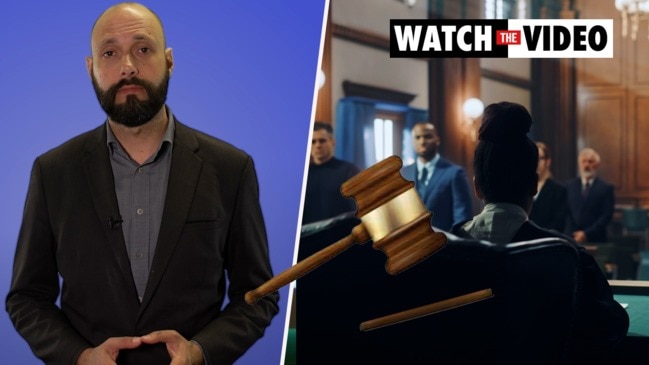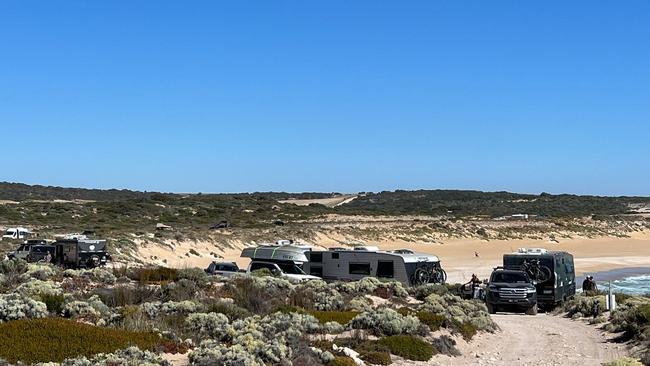Teen teen who fell from a cliff on the Eyre Peninsula unsuccessfully sues local council
A young teen who suffered a traumatic brain injury after falling from a cliff, and later sued the local council, did not pause to consider the dangers, a court has heard.

Local
Don't miss out on the headlines from Local. Followed categories will be added to My News.
A teenager who fell 10m from a cliff on the Eyre Peninsula and sustained a traumatic brain injury, which later prompted legal action against the local council, did not pause to consider the risks, a court has heard.
On behalf of her son, the family launched District Court action against the District Council of the Lower Eyre Peninsula after the 17-year-old fell from the cliff near Greenly Beach and landed on rocks in December 2013.
Judge Michael Burnett said the youth suffered serious injuries, including a traumatic brain injury, as a result of the incident.
“I found that (a family friend) got out of the car and moved three or four steps to the point of descent and then went straight down the escarpment. I found that (the child) followed him,” he said.
“They did not pause to consider the dangers posed before embarking on his descent.”
Judge Burnett said there was “no dispute” over the injuries sustained by the child after the fall, but the council shouldn’t have to claim responsibility for them.
“There is no dispute about the events following (the child) falling over the cliff and landing on the rocks,” he said.
“For the purposes of causation, it may be accepted that (the child) sustained serious injuries as a result of the fall.”

Following the incident, the family launched legal action claiming that the council should have had appropriate signage and barriers to prevent people falling from the cliff.
However, Judge Barrett said there was no reason for the council to do so given the remote location.
“The accident site was not promoted as a tourist attraction nor was it such a destination. It had been described as wilderness coastline in 1990 and that description remained apt in 2013,” he said.
“The probability that harm would occur, was for the reasons that I have identified, low. There were a number of missteps that had to occur before the harm was realised.
“The minimal work done by the council in maintaining the road and the car park … is not sufficient to describe the car park as a destination car park.
“The council did not provide any access to the beach from the car park and therefore did not encourage visitors to access the beach from the car park which was self-evidently on top of cliffs, 30 to 40m above the beach.
“I do not accept that the council encouraged (the child) to descend the escarpment. The escarpment, as I have found, was very steep.”
Judge Burnett rejected the family’s claim that the council “breached the duty of care that it owed to members of the public who were visiting the area” by not placing necessary signs and barriers.
“Having created the road and the car park, situated above a beach, the applicant submitted that the duty to erect a warning sign or barrier or to conduct a risk assessment of the area was engaged,” he said.
“Descending the escarpment was self-evidently dangerous, even if the risk could not be characterised as obvious.
“There was no pathway to the beach that had been created or made through use, nor was there any natural pathway.”



